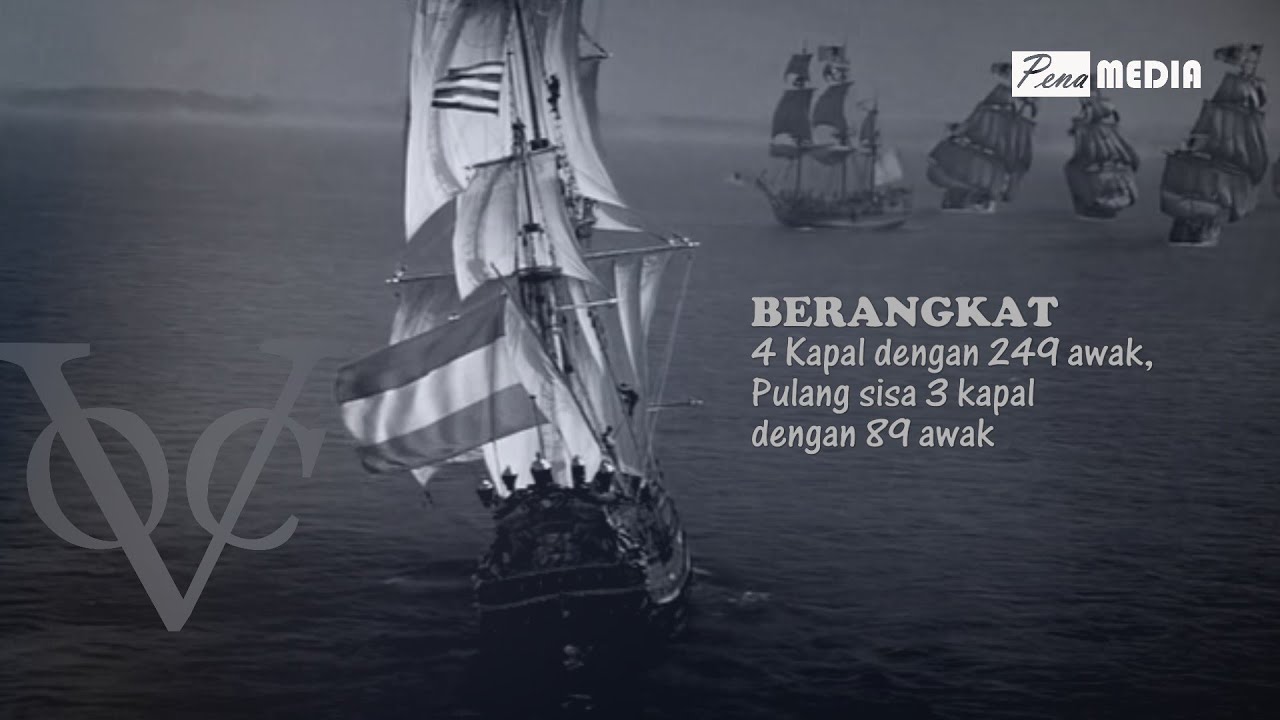Perlawanan Bangsa Indonesia terhadap Penjajah Bangsa Eropa hingga awal abad 20 SEJARAH kelas 11
Summary
TLDRThis educational video script delves into Indonesian history, focusing on Dutch colonial strategies such as divide and rule, and the Dutch East India Company's (VOC) involvement in local governance to enforce trade monopolies. It discusses the characteristics of pre-nationalistic Indonesian struggles, the Portuguese influence, and significant historical events like Sultan Agung's attacks on VOC and the Padri War. The script also touches on the legacy of colonialism in current Indonesian governance, education, and language, providing insights into the lasting impact of colonial policies.
Takeaways
- 📚 The Dutch strategy to counter local resistance involved a divide and rule policy, aiming to weaken local rulers' power.
- 🏰 The Dutch East India Company (VOC) was involved in the internal affairs of indigenous states to enforce trade monopolies, not to support or resolve issues for the local rulers.
- 🛡 The characteristics of the Indonesian people's struggle against colonization before the emergence of national consciousness were local in nature, led by charismatic figures, and more physical rather than diplomatic.
- 🏹 The Portuguese intervention in Ternate's internal affairs, such as imposing Catholicism and building forts, sparked resistance from the local population.
- 🛡️ Sultan Agung's attacks on VOC in Banten and Batavia, and Pattimura's resistance in Maluku, were reactions to VOC's trade monopoly policies.
- ⚔️ The failure of Mataram's second attack on Batavia in 1629 was due to factors like inferior weaponry, long distances, lack of logistics, and disease outbreaks.
- 🌳 The Dutch wanted to control the Sultanate of Palembang due to its strategic location and the presence of tin mines.
- 🕌 The Padri War between the Padri and the Adat communities in Minangkabau was rooted in the Padri's movement to purify Islam and their opposition to traditional customs and practices.
- 🏛️ The Dutch built Fort de Kock to restrict the movements of Imam Bonjol's forces during the Padri War, illustrating their military tactics to control resistance.
- 🏞️ The Dutch influence extended to North Sumatra after the Padri War, leading to Raja Sisingamangaraja's resistance due to the Dutch's reduction of his kingdom's territory.
Q & A
What was the Dutch strategy in dealing with local resistance?
-The Dutch strategy was to apply a divide and rule policy, as mentioned in the script, which involved creating divisions among local rulers.
Why did the Dutch East India Company (VOC) get involved in the internal affairs of the indigenous kingdoms?
-The VOC got involved to enforce a trade monopoly, as indicated in the script, rather than to help or being dispatched by the Dutch government to solve problems.
What were the characteristics of the Indonesian people's struggle against colonization before the emergence of national consciousness?
-The script highlights that the struggle was local in nature, led by charismatic figures, more physical than diplomatic, and easily divided due to the lack of unity and national consciousness.
What was the main reason behind the Portuguese intervention in the internal affairs of the Ternate Sultanate?
-The script suggests that the intervention was due to the Portuguese meddling in internal affairs, not because of the rejection of cooperation or the spread of Catholicism, but rather due to the Portuguese building fortresses.
Why did the Sultanate of Demak attack Sunda Kelapa in 1526 and 1527?
-The script points out that the attack was due to socio-cultural factors, specifically the influence of Islamic teachings and the rejection of the Hindu-influenced kingdom of Pajajaran.
What was the main form of resistance against the VOC's policies as seen in the responses of Sultan Agung, Sultan Hasanuddin, and Pattimura?
-The script indicates that their resistance was a reaction to the VOC's trade monopoly policies, not due to Westernization, discrimination, or the spread of Christianity.
What factors contributed to the failure of Mataram's second attack on Batavia in 1629?
-The script mentions several factors including inferior weaponry, long distances, lack of logistics or food supplies, and outbreaks of disease.
Why did the Dutch want to control the Sultanate of Palembang?
-The script suggests it was due to its strategic location and the presence of tin mines, even though the option mentioning the strategic position was not available in the choices provided.
What was the background of the war between the Padri and the Adat communities in Minangkabau?
-The script explains that the war was due to the Padri's movement to purify Islam in Minangkabau and their opposition to the traditional customs and practices of the Adat community.
What was the impact of the Padri War on the Dutch influence in the Tapanuli region?
-The script indicates that the Dutch influence expanded into Tapanuli as a result of the war, and the resistance by Raja Sisingamangaraja was due to the Dutch's increasing control over the region.
What was one of the Dutch strategies to limit Imam Bonjol's military movements?
-The script mentions that the Dutch built the Fort de Kock to restrict Bonjol's movements, illustrating the Dutch's strategy to control key locations.
Outlines

此内容仅限付费用户访问。 请升级后访问。
立即升级Mindmap

此内容仅限付费用户访问。 请升级后访问。
立即升级Keywords

此内容仅限付费用户访问。 请升级后访问。
立即升级Highlights

此内容仅限付费用户访问。 请升级后访问。
立即升级Transcripts

此内容仅限付费用户访问。 请升级后访问。
立即升级浏览更多相关视频

PENGARUH MONOPOLI DALAM PERDAGANGAN

Mengapa VOC Belanda Bisa Menjajah Nusantara? & Mengapa Akhirnya Runtuh?

Sejarah awal masuknya belanda di nusantara

Kisah Penjajahan Belanda di Indonesia Pada Abad 16 | IPS | SayaBisa

PERLAWANAN BANGSA INDONESIA TERHADAP BANGSA KOLONI PART 1 || PERIODE SEBELUM ABAD 19

DAMPAK KOLONIALISME DAN IMPERIALISME di INDONESIA || SEJARAH INDONESIA KELAS XI (SEBELAS) #4
5.0 / 5 (0 votes)
